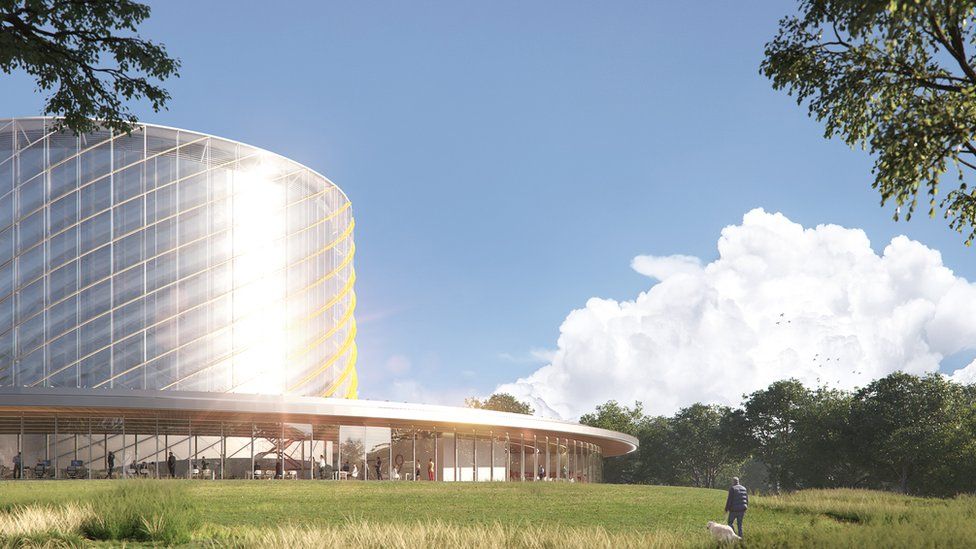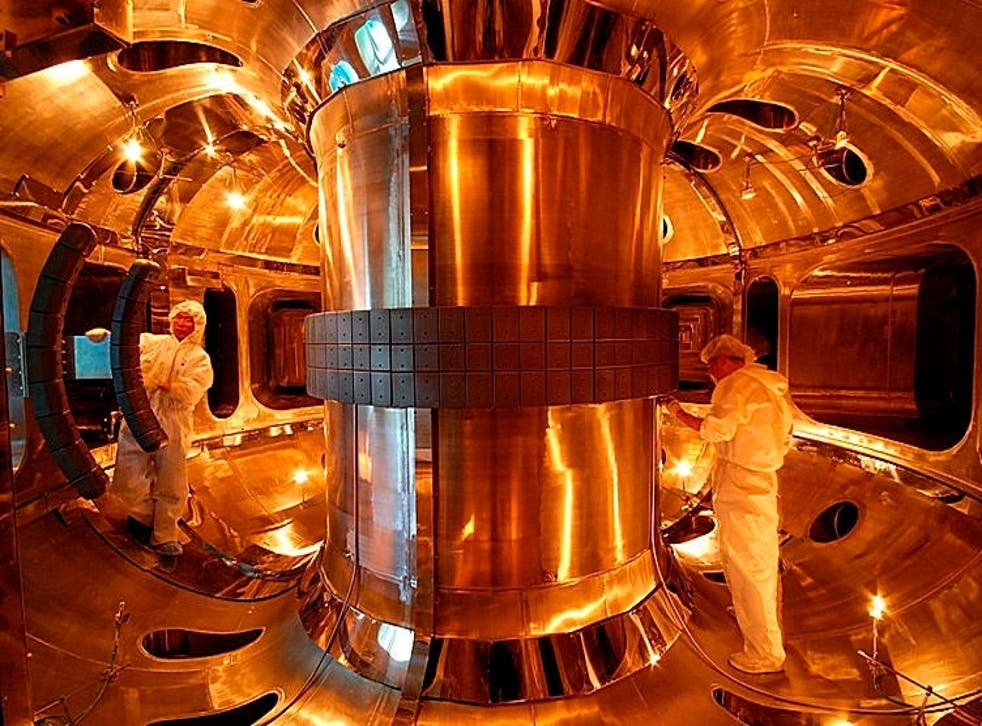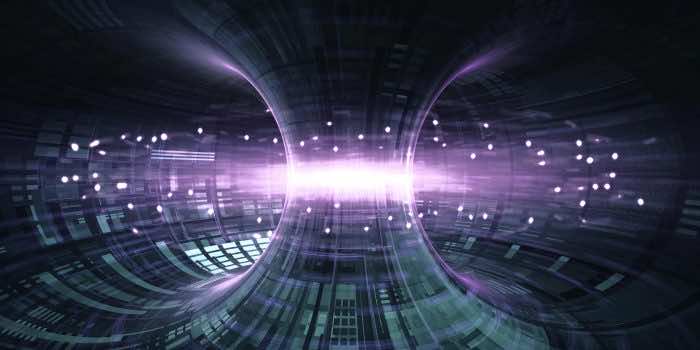A study has been published at the Swiss Plasma Centre, which is considered the largest institute to conduct experiments on a nuclear fusion on a very large scale. The theory of plasma generation has been reformed and updated in this paper, which states that the forthcoming “International Thermonuclear Experimental Reactor (ITER)” can generate a substantial amount of nuclear fusion energy by utilizing hydrogen, which would be twofold the amount that was previously estimated. The phenomenon known as the “Greenwald limit”, proposed by “Martin Greenwald” in 1988, has become a cornerstone in the research of nuclear fusion, and in this mechanism, the fuel was analyzed by the tokamak’s radius concerning the current generated in the plasma. This has enriched this process to unleash the true potential of fusion power generation.

Paolo Ricci, from the Swiss Plasma Centre at the Swiss Federal Institute of Technology Lausanne (EPFL), demonstrated that “One of the limitations in making plasma inside a tokamak is the amount of hydrogen fuel you can inject into it. In the early days of fusion, we knew that if you tried to increase the fuel density, at some point there would be what we call a “disruption.” Basically, you totally lose the confinement, and the plasma goes wherever. So, in the eighties, people were trying to come up with some kind of law that could predict the maximum density of hydrogen that you could put inside a tokamak.”

Thus, to unbridle the exact amount of hydrogen fuel that would be inoculated into the tokamak for plasma generation and also to demonstrate the detail-oriented energy production for nuclear fusion, the EPFL team working on this project has come up with the advanced experimental techniques through which they can put an accurate amount of fuel into the tokamak. Several companies from all over the world have collaborated on this experiment, including Joint European Torus (JET) in the UK, the ASDEX Upgrade in Germany (Max Plank Institute), and EPFL’s own TCV tokamak. Furthermore, a Ph.D. student has come up with an additional technique to run simulations corresponding to the fuel density with the tokamak’s radius by using advanced computing systems, specifically the “Swiss National Super Computing Centre”.

According to Ricci, “What we found, through our simulations, was that as you add more fuel into the plasma, parts of it move from the outer cold layer of the tokamak, the boundary, back into its core, because the plasma becomes more turbulent.” In this way, everlasting energy can be generated through hydrogen fuel in accordance with an exact estimate of the size of the tokamak.


